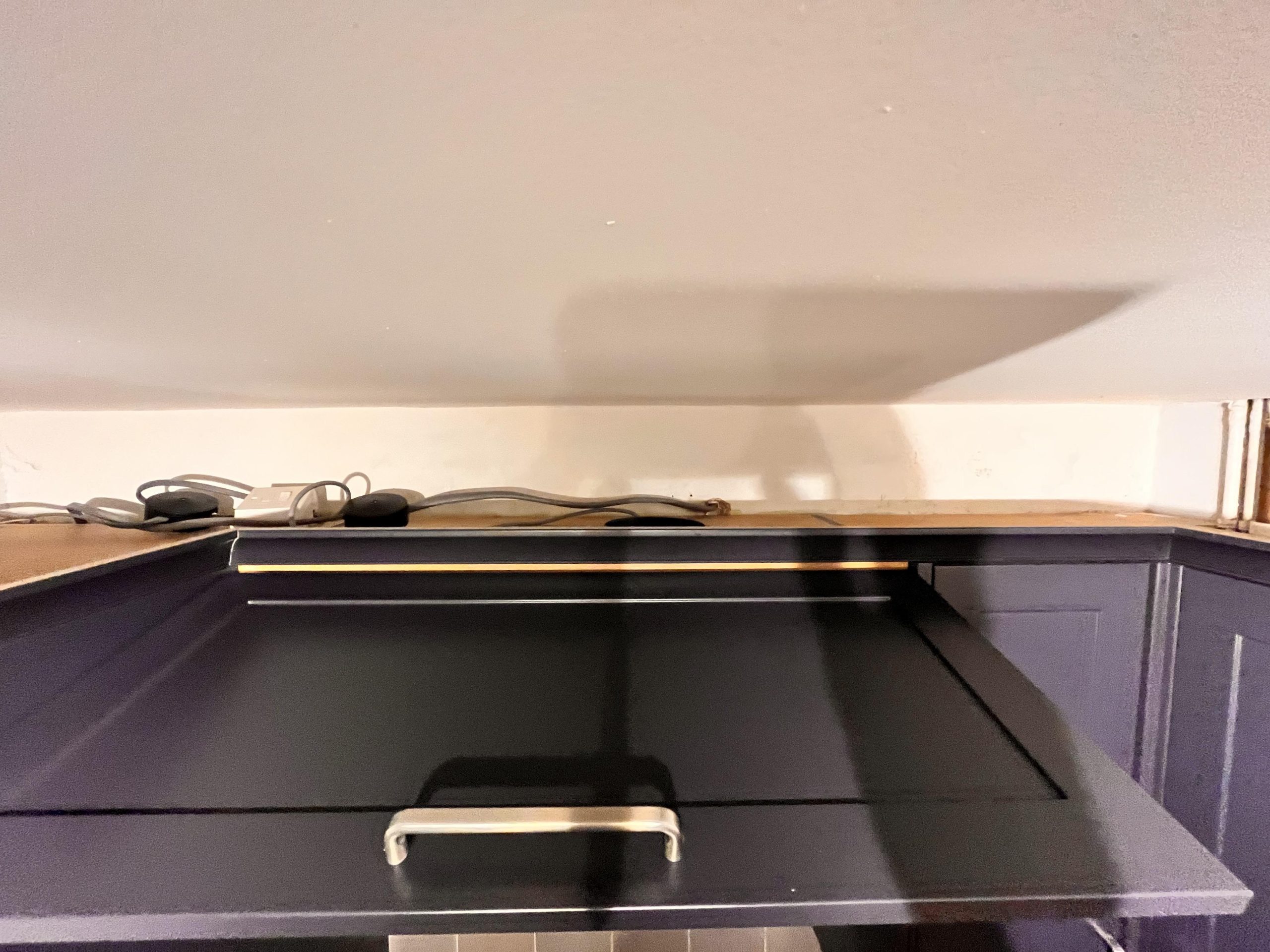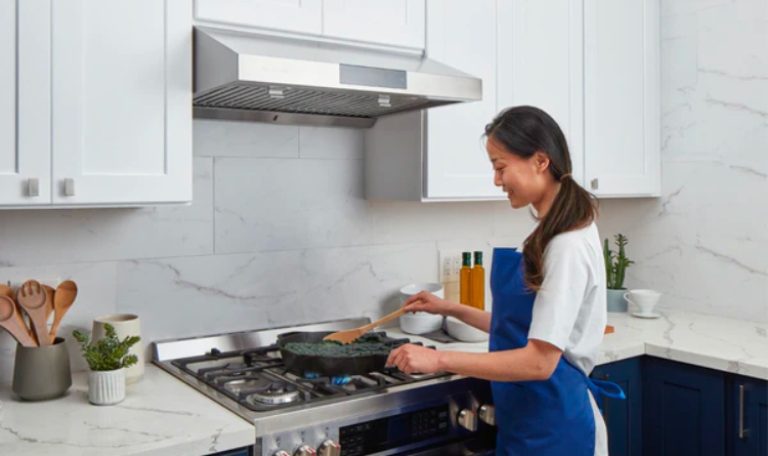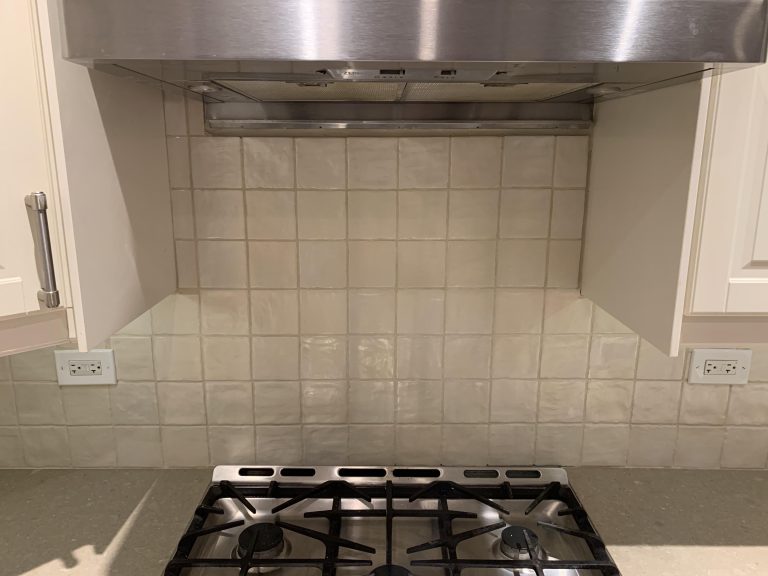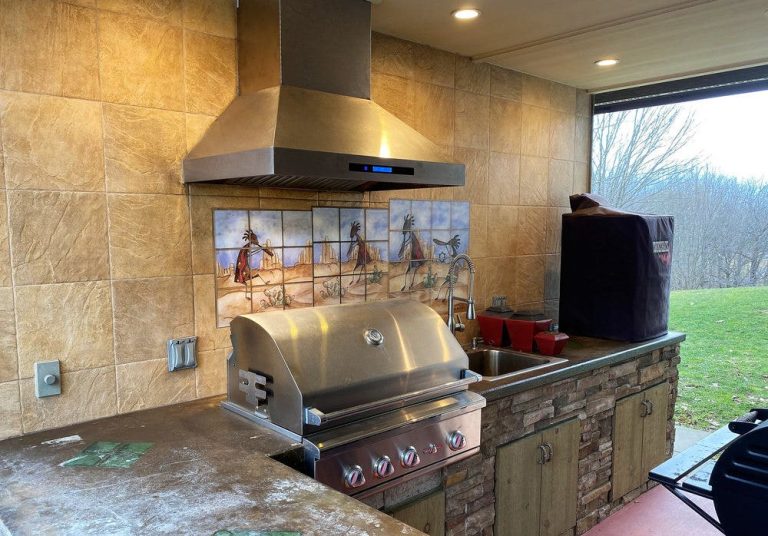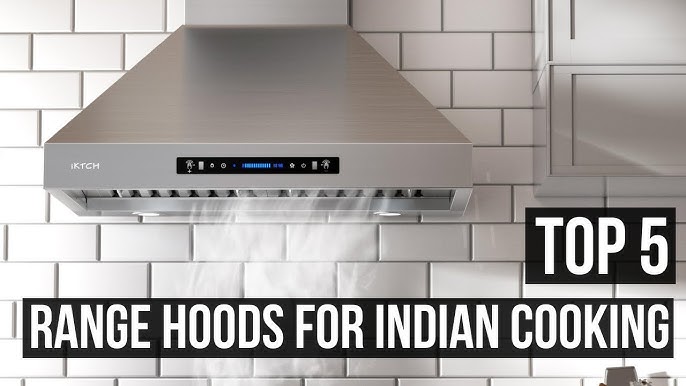To convert a ductless range hood to ducted, remove the recirculating kit and connect the ductwork. Ensure proper venting outside.
Converting a ductless range hood to a ducted system improves kitchen ventilation by removing smoke, odors, and grease outside. This change enhances air quality and prevents indoor air pollution. The process involves removing the recirculating kit, installing proper ductwork, and ensuring it vents to the exterior.
Properly sealing the ductwork is crucial to prevent leaks and ensure efficiency. Consult the manufacturer’s guidelines or a professional for specific instructions. This conversion can make your kitchen more comfortable and healthier by ensuring better air circulation. Make sure to use quality materials for a long-lasting solution.
Benefits Of Ducted Range Hoods
A ducted range hood removes cooking fumes. This results in cleaner air. It also reduces smoke and odors in the kitchen. This is helpful for those with allergies. Cleaner air helps everyone breathe easier. It creates a healthier cooking environment.
Proper ventilation prevents moisture buildup. This reduces the risk of mold and mildew. A ducted system expels air outside. This keeps the kitchen cooler. Better ventilation also protects kitchen surfaces. It prolongs the life of appliances and cabinets. The kitchen remains fresh and comfortable.
Tools And Materials Needed
A drill is needed for making holes. A screwdriver helps in removing and installing screws. Use a measuring tape to measure distances. A level ensures everything is straight. Safety gear like gloves and goggles keep you safe.
Ductwork is essential to channel air out. Mounting brackets secure the hood. Duct tape seals the joints. Screws hold everything together. Caulk is used to seal gaps. A power source is needed for the hood.
Preparing Your Kitchen
Remove all items from the kitchen. This includes small appliances, utensils, and cookware. Ensure you have enough room to work. A clear space helps you avoid accidents.
Cover your countertops and floors with protective sheets. Use painter’s tape to secure the sheets. This protects your surfaces from dust and debris. It also makes cleanup easier.
Removing The Ductless Range Hood
Transforming a ductless range hood to a ducted system enhances kitchen ventilation. Improve air quality by redirecting cooking fumes outdoors. Enjoy a fresher cooking environment with this effective upgrade.
Disconnecting Power
First, locate the circuit breaker. Flip the switch to cut off power to the range hood. Use a voltage tester to ensure no electricity flows. Safety is crucial. Make sure the range hood is completely off before proceeding.
Taking Down The Unit
Next, remove the screws holding the range hood. Ask for help if it’s too heavy. Slowly lower the unit and place it on a flat surface. Inspect the area for any remaining hardware. Store screws and bolts safely for future use.
Installing Ductwork
First, find the shortest path for the ductwork. The path should be straight. Avoid bends and turns. Measure the length needed. Ensure the path is clear of obstacles. Mark the route on the wall or ceiling. Check for any electrical wires or pipes. Plan to avoid these. Also, consider the exterior vent location. It should be accessible.
Use a stud finder to locate wall studs. Mark the spots for cutting holes. Ensure the marks are correct. Use a drill to make pilot holes. Then, use a saw to cut the larger holes. Be precise and careful. The holes should fit the duct snugly. Clean the edges of the holes. Remove any debris. This ensures a good fit for the duct.
Mounting The Ducted Range Hood
Start by marking where the range hood will go. Use a pencil for this. Make sure the marks are level. Drill holes at the marked spots. Insert screws into the holes. Attach the range hood to the wall. Tighten the screws firmly. Check that the hood is secure. It should not wobble.
Locate the ductwork outlet on the range hood. Measure the length needed for the duct. Cut the duct to the right size. Attach one end of the duct to the hood. Use duct tape to seal the connection. Connect the other end to the wall or ceiling duct. Make sure the connections are tight. Tape all joints to prevent air leaks.
Electrical Connections
Turn off the power at the circuit breaker. Remove the cover of the range hood’s electrical box. Pull the wires through the knockout hole. Connect the black wire to the black wire. Connect the white wire to the white wire. Attach the ground wire to the green screw. Secure all connections with wire nuts. Tuck the wires into the electrical box. Replace the cover securely.
Restore power at the circuit breaker. Turn on the range hood. Ensure the fan and lights work properly. If something doesn’t work, turn off the power again. Check all wire connections for tightness. Test the power once more. Ensure everything works before finalizing the installation.
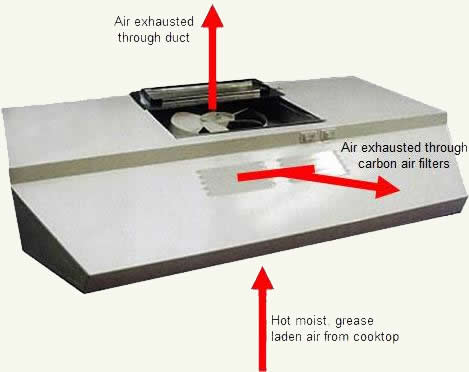
Credit: www.renovation-headquarters.com
Final Adjustments
Inspect all joints and connections. Look for any gaps or cracks. Seal any leaks with aluminum tape. This helps keep the system efficient. A tight seal prevents air loss. Check the tape for adhesion. Make sure it sticks well. Repeat the process if needed.
Make sure the vent is clear. Remove any obstructions. Clean the vent regularly. This keeps the air flowing freely. Test the range hood by turning it on. Feel for strong airflow. Proper ventilation keeps your kitchen safe. It also helps remove odors and smoke.
Maintenance Tips
Keep the range hood clean for best performance. Remove grease and dirt from the filters. Wash filters in warm, soapy water. Let them dry before putting them back. Clean the exterior with a damp cloth. Avoid harsh chemicals as they can damage the surface.
Check ducts for blockages. Clear any debris that might restrict airflow. Ensure all connections are tight. Look for any signs of wear or damage. Replace damaged parts promptly.

Credit: www.reddit.com

Credit: cy.truelirangehood.com
Frequently Asked Questions
How To Convert A Ductless Range Hood To Ducted?
To convert a ductless range hood to ducted, you’ll need to install ductwork. This involves connecting the hood to an exterior vent. Ensure all connections are airtight.
What Materials Are Needed For The Conversion?
You’ll need ductwork, a vent cap, screws, and foil tape. A drill and screwdriver are also required. Make sure to get the correct size ducting.
Is Professional Help Required For The Conversion?
While it’s possible to do it yourself, professional help ensures the job is done correctly. It also ensures compliance with local building codes.
How Long Does The Conversion Process Take?
The conversion process typically takes a few hours. This depends on your skill level and the complexity of the installation.
Conclusion
Converting a ductless range hood to ducted improves air quality and kitchen efficiency. It’s a worthwhile investment for any home. Follow the steps carefully to ensure proper installation. Enjoy a cleaner and fresher cooking environment. This upgrade can enhance your kitchen’s functionality and value significantly.
